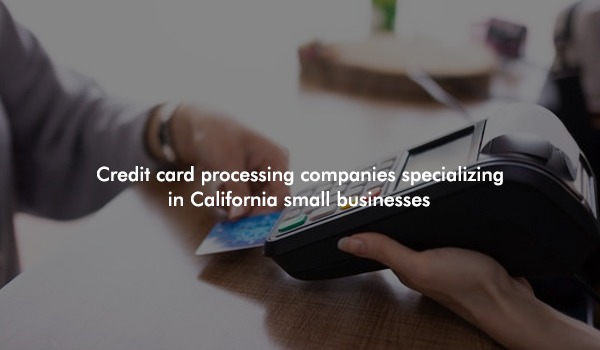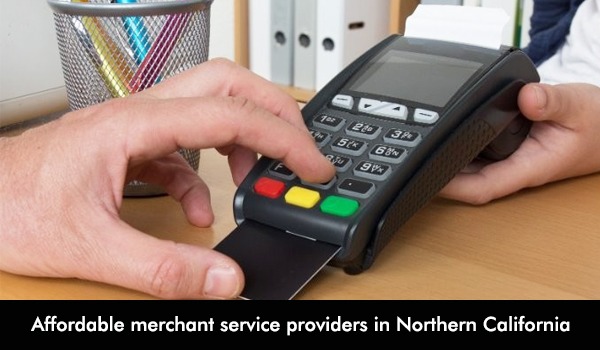
Reducing Credit Card Fees Vital for California Businesses
As a business owner in California, you're always looking for ways to optimize your operations and boost your bottom line. Reducing credit card processing fees can be a game-changer, directly impacting your profit margins. But why does this matter so much in California, specifically? Our state's competitive landscape means every penny counts. By mastering the art of negotiation, you can ensure your business thrives.
Understanding the Impact of High Processing Fees on Profit Margins
Did you know that even a small reduction in processing fees can significantly boost your net income? Take, for example, a business that manages to reduce its processing rate from 2.9% to 2.4%. On the surface, it might seem minor. But for a business processing $500,000 a year in card payments, that's a savings of $2,500! Just imagine all the ways you could put that extra amount to good use
The Changing Landscape of Credit Card Processing in California
California is a hub for innovation, and the realm of credit card processing is no different. With new players entering the market and technology constantly evolving, businesses have more leverage than ever to negotiate better rates. Staying informed about these trends can give you an upper hand.
Initial Steps Before Beginning the Negotiation Process
Knowing Your Current Credit Card Processing Structure
Understanding your current setup is crucial before diving into negotiations. Are you on a tiered pricing model or an interchange-plus model? Each has its pros and cons, and knowing where you stand will help outline your negotiation strategy.
Identifying Your Current Fee Structure: Interchange Plus vs. Tiered Pricing
Interchange-plus pricing offers transparency, making determining where to negotiate down costs easier. Tiered pricing, while simpler, can often be more expensive and less transparent. Assessing which one you're currently on can shine a light on potential savings.
Understanding Your Credit Card Processing Statement
Reading a credit card processing statement can feel like deciphering an ancient code. Yet, understanding the nitty-gritty of your statement is essential. It reveals not just your rates but also recurring fees and any penalty charges you might be incurring without realizing it.
Common Charges You Should Be Aware Of
Look out for monthly statement fees, PCI compliance fees, and terminal lease fees, among others. These can add up, and sometimes, can be negotiated down or eliminated.
Leveraging Your Business’s Strengths in Negotiations
Highlighting Your Sales Volume and Processing History
Armed with your sales data and a positive processing history, you can make a compelling case for lower fees. Providers are more likely to offer better rates to businesses that show a consistent and reliable pattern of transactions.
The Importance of a Good Credit Score and Financial Health
A healthy credit score isn't just good for securing loans; it can also be a bargaining chip in negotiations. It demonstrates financial stability, making you a more attractive client to processors.
How Being a Part of a Specific Industry Can Help in Negotiations
Certain industries enjoy lower risk profiles or have associations that negotiate collective deals on their behalf. Check if your business falls into such a category—it might just be your ticket to lower rates.
Strategies for Negotiating Lower Fees
The Art of Comparison Shopping: Gathering Quotes from Competitors
Knowledge is power. Gathering quotes from multiple processors not only gives you a clearer picture of the market but also ammunition for negotiations. Don't hesitate to let your current provider know you're exploring options—it might prompt them to offer you a better deal.
Developing a Negotiation Script: Key Points to Cover
Having a script helps. Outline the points you want to cover, including your business's strengths, competitor rates, and specific fees you'd like reduced or waived. A confident and prepared approach can make all the difference.
When to Consider a Payment Processor Switch: Timing and Tactics
Sometimes, the best deal might come from switching providers. Timing this right—such as your contract's renewal period—can prevent termination fees and ensure a smooth transition.
Additional Ways to Reduce Overall Credit Card Processing Costs
Encouraging Other Forms of Payment: Cash, Checks, and ACH Transfers
Offering discounts for non-card payments can not only save on processing fees but also appeal to customers who prefer alternative payment methods.
Implementing Technology to Reduce Chargebacks and Fraud
Investing in advanced fraud detection and prevention tools can lower your risk profile, potentially leading to lower processing fees.
Taking Advantage of Level II and III Processing for B2B Transactions
For businesses dealing in B2B transactions, providing additional transaction data can qualify you for lower interchange rates, translating to significant savings.
Beyond Fees: Evaluating Payment Processors on Quality and Reliability
Customer Support: 24/7 Access and Response Times
A low fee is enticing, but what about when things go wrong? Ensuring your provider offers robust customer support is as crucial as negotiating lower rates.
Technology and Security: Staying Ahead with the Latest in Payment Processing
In the ever-evolving digital landscape, having access to the latest payment technology and top-notch security measures is invaluable. It's worth considering when evaluating providers.
Contract Flexibility and Terms: Understanding the Fine Print
Lastly, don't get caught by surprise. Understanding the terms of your contract, including termination fees and service level agreements, can save you from future headaches.
Conclusion
In conclusion, the endeavor to reduce credit card processing fees is not merely a tactical maneuver but a strategic imperative for California businesses seeking to fortify their financial resilience. By adopting a multifaceted approach that encompasses meticulous assessment, leveraging strengths, and embracing innovation, enterprises can unlock substantial savings and bolster their profitability. Moreover, by cultivating a culture of continuous evaluation and adaptation, organizations can position themselves for sustained success in an ever-evolving economic landscape.
In essence, the pursuit of cost-saving opportunities in payment processing transcends mere fiscal prudence; it embodies a commitment to maximizing operational efficiency and fostering long-term sustainability. Through disciplined negotiation, strategic alignment, and a proactive mindset, businesses can navigate the complexities of fee management with confidence and precision. By heeding the insights outlined in this guide and embracing a forward-thinking ethos, California enterprises can chart a course toward financial prosperity and enduring success in the competitive marketplace.









